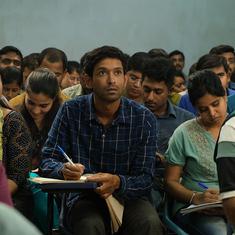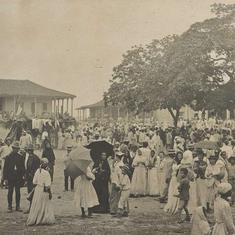Nasser Hussain has called on cricket to adopt a new “mindset” after bad light blighted the drawn second Test between England and Pakistan at Southampton.
Only 134.3 overs were sent down across five days in a match marred by rain delays as well as the spectacle of players being taken off the field for bad light even when the Ageas Bowl floodlights were in use.
Not since the same two teams met at Lord’s in 1987, when 112.5 overs were bowled, has a Test in England been so badly affected by weather interruptions.
Umpires Richard Kettleborough and Michael Gough were widely criticised for their strict interpretation of the light regulations, with former England captain Hussain telling Sky Sports: “Merely because conditions are not ideal, merely because the red ball is not picked up as well, is not a reason to walk off the field.”
The International Cricket Council is now set to discuss the issue of bad light at the next meeting of its cricket committee.
Among the suggestions it could consider are allowing more play under floodlights and greater use of the pink ball that is already deployed in official day/night Tests.
Meanwhile reports have suggested the England and Wales Cricket Board (ECB) may be about to follow other nations by opting for earlier start times in matches affected by bad light, rather than sticking rigidly to 1000 GMT starts and making up ‘lost’ overs later in the day, when natural light can be fading.
The new approach could be implemented as soon as Friday’s third Test, also at Southampton, which will begin with England 1-0 up in a three-match series.
Given players, officials and broadcasters are all onsite for a series being played behind closed doors because of the coronavirus, the argument that spectators would be inconvenienced by starting earlier no longer applies.
“These are unusual times,” said Hussain, an advocate of earlier starts. “Countries have flown over and sacrificed a lot to go into quarantine.
“When you have an opportunity to play and the world is watching, do everything you can to stay on.”
Sky pays the ECB some £20 million ($26 million) per Test in broadcast fees.
There was particular frustration among some of pundits when the umpires took the players off for bad light on the second day – at a time when Pakistan’s T20 squad were enjoying a practice session on the adjacent ground without floodlights – and when the fourth day’s play was abandoned at 1445 GMT before an evening where the Ageas Bowl was bathed in sunshine.
‘Desperate for cricket’
“We cannot have the old mindset of doing everything you can to go off,” said Hussain. “Millions are watching and the ECB, even if we put all our cricket on this summer, could be over £100m down.
“We can’t afford to lose spectators that are desperate for cricket.”
Meanwhile Australia great Shane Warne called for the pink ball to be developed to a point where it could be used for all Test cricket.
“The crowd will see it better and I think we will stay out there longer,” he said.
Bad light regulations were initially designed in an era that predated batsmen and close fielders wearing helmets and long before the advent of floodlit cricket.
Concerns have been expressed about the risk of injury to umpires and deep fielders who may not see a hard-hit shot coming their way.
But these are problems in broad daylight too and there is nothing to stop the umpires from wearing equipment similar to that of the players themselves or baseball officials should they feel a need for greater protection, with Australia’s Bruce Oxenford already using a ‘shield’ over his arm in one-day matches.
“The general public will find it very hard to understand why we are not playing with floodlights on,” said Mike Atherton, like Hussain an ex-England captain.
“The game is dangerous in any circumstances and I don’t think that when the light deteriorates to a degree that that makes it any more dangerous.”










